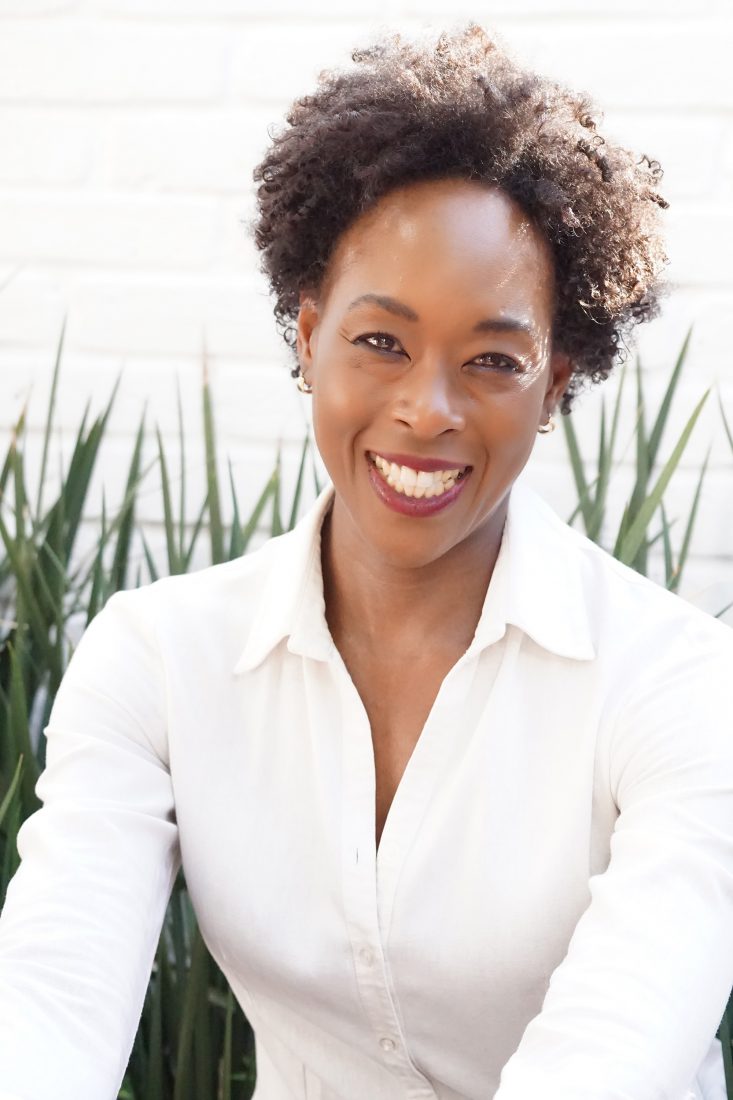It all started, as many things do in the South, with church. As an adult, Virginia author Margot Lee Shetterly learned that one of her favorite childhood Sunday school teachers at First Baptist Church in Hampton, Virginia, was a retired NASA mathematician—no small feat in midcentury America. That discovery set Shetterly on a path that led to her highly anticipated new book, Hidden Figures: The American Dream and the Untold Story of the Black Women Mathematicians Who Helped Win the Space Race.

Shetterly’s hometown has been the site of important NASA work for decades—including the research behind the Apollo program. Langley Research Center in Hampton, the oldest of NASA’s field centers, employed Shetterly’s Sunday school teacher, her father, and hundreds of other mathematicians, scientists, and engineers—many of whom were African-American. “It seemed so totally normal to me that there were black men like my father who worked as engineers,” Shetterly says, “and there were tons of women whenever I went to my dad’s work.”
But that was hardly the norm in much of the country. Intrigued, Shetterly reached out to her father’s colleagues, eventually learning about the work of a group of black female mathematicians who helped launch America’s aeronautics industry during World War II. These so-called “human computers” went on to work for NASA and helped win the space race. Shetterly focused on four African-American women—Dorothy Vaughan, Katherine Johnson, Mary Jackson, and Christine Darden—who made great strides for all working women.
Hidden Figures tells their stories, as will the feature film of the same name, which narrows in on a slice of Shetterly’s research and hits theaters in January. The film’s cast includes the Washington, D.C.-born actress Taraji P. Henson, Montgomery, Alabama, native Octavia Spencer, the Atlanta-based singer and actress Janelle Monáe, and the Austin, Texas-born actor Glen Powell as astronaut John Glenn.
We chatted with Shetterly about her remarkable discoveries.
What was it like to work on both the book and the film at the same time?
Here I was, basically riding my horse slowly, writing the book on this one track, and here is this train speeding ahead of me—the film—on another track. The film’s producer optioned my book proposal—I didn’t even have the book finished when they started to turn my research into a script. The book covers from the 1940s to 1969, but the movie is condensed down to a very exciting time: 1957 to 1962 when Sputnik went up and Katherine Johnson gave the big assist to John Glenn during the space race. I hope people buy and read the book, but more people see movies, and at the end of the day, I’m in favor of everything that gets this story out there.
Tell us a little bit about how the setting—Hampton, Virginia—is important to understanding the story.
It’s an American story but it’s also a Southern story, both in the positive ways and the difficult ways. Many of the women were from the South. With so many black colleges throughout the South, Langley was a natural next step for top black talent. Many of the engineers were from New York and the Midwest, and it created an unusual work environment—a federal office that had to adhere to federal laws for hiring but still had the influence of Jim Crow locally. The African-American women were called the “West Area Computers” and there was a “colored” section sign in the cafeteria. It chaffed because they were hired for their professional acumen. They’re doing excellent work and yet they have segregation in their faces.
Most people think about astronauts when they think about workers at NASA. Where did the Hidden Figures women factor in?
During the space race, the astronauts were the most visible, and below them were the guys in white shirts with skinny ties—mission control. But then you had all these people behind the scenes. In the same way that we rely on our electronics today, the astronauts and mission control relied on women who they literally called “computers.” At the bottom of the pyramid, the women did the numbers.
Did the “computers” climb the career ladder?
There wasn’t an expectation that they would come out from the shadows, particularly in the early days. But some of the older generation, like Mary Jackson, fought to get included in important decisions. Many younger women followed their lead and said, ‘I want to be the one out front giving the research report and presenting at conferences.’ The women built alliances across race and age and worked to support each other’s careers.
Did they see themselves as trailblazers at the time?
When I sat in their living rooms and interviewed these women, they were just very matter-of-fact about their stories. They would say, ‘Listen, I was just doing my job.’ They loved their jobs and it was all very exciting for them. There wasn’t this sense of self-awareness that they were doing amazing work.
What do you hope people take away from reading Hidden Figures or seeing the movie?
I hope people remember that the Civil Rights and Women’s Rights movements, as well as the space program itself, came out of a fundamental optimism. We were shooting for our best selves and shooting literally beyond the earth. We ultimately saw the triumph of imagination over fear—which included the ability to imagine putting a human on the moon and imagining that a black woman might be able to help him get there even in a time of Jim Crow segregation. It took a lot of imagination and curiosity to drive forward higher ideals, and that’s what these women represent. Theirs is a story about the triumph of curiosity over fear.








